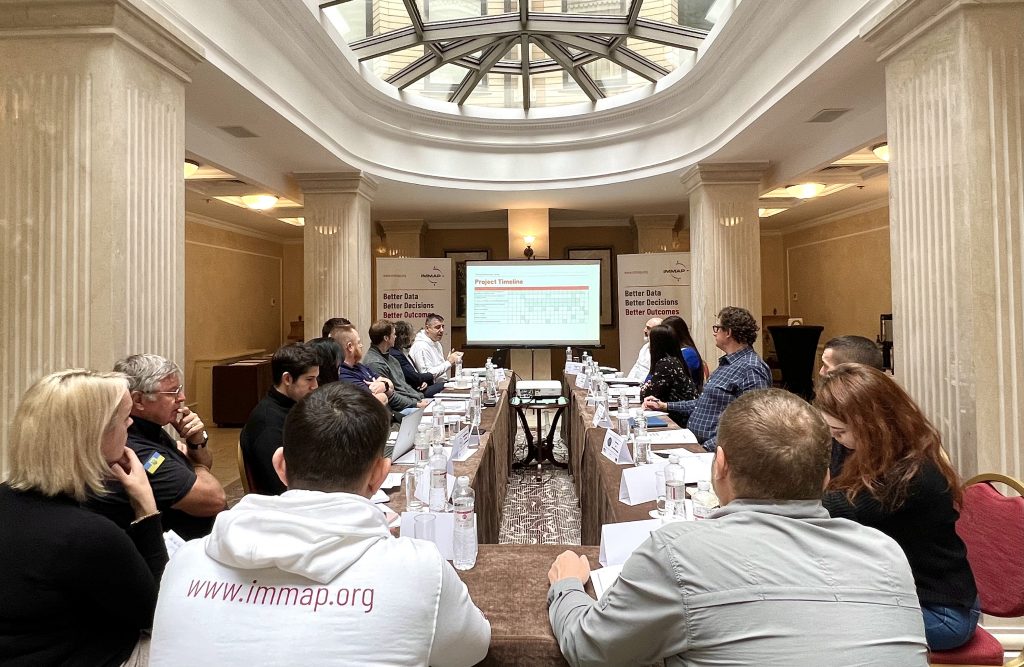Already in 2020, Ukraine was one of the world's most contaminated by landmines and Explosive Remnants of War (ERW) countries, ranking fourth only after Afghanistan, Mali and Yemen in mine/ERW casualties. Since the escalation of the conflict into war in February 2022, the risks associated with the ERWs have significantly increased. The war continues to contaminate more land with explosive ordnance which presents a significant threat to civilians and humanitarian workers. According to the State Emergency Service of Ukraine (SESU), almost 30% of the country requires demining. As a result, an estimated 10.7 million Ukrainians need mine action services across the country.
iMMAP and Humanitarian Mine Action Partners Launch Third-Party Monitoring Project in Ukraine
To tackle the issue of landmine and ERW contamination in Ukraine, humanitarian mine action (HMA) partners have intensified their efforts by conducting demining operations and providing Explosive Ordnance Risk Education (EORE) across the country.
The Third-Party Monitoring (TPM) project, funded by the US State Department's bureau of Political-Military Affairs, Office of Weapons removal and Abatement Government’s Office of Weapons Removal and Abatement (PM/WRA), was recently launched in Ukraine to support this effort. The project is conducting unbiased and objective reviews of the Conventional Weapons Destruction (CWD) activities of the donor’s partners to enhance transparency and accountability. The first workshop brought together 20 HMA partners for iMMAP to give an understanding of the project’s purpose and scope.
One of the key tasks of the workshop was to establish an effective feedback cycle through open discussion with the implementing partners. During the consultation, iMMAP gathered the necessary information, agreed on data collection methods and validated indicators to identify the most significant challenges and problems faced by the stakeholders. This will help to build a consensus around the reporting requirements and ensure the collection of only necessary information.
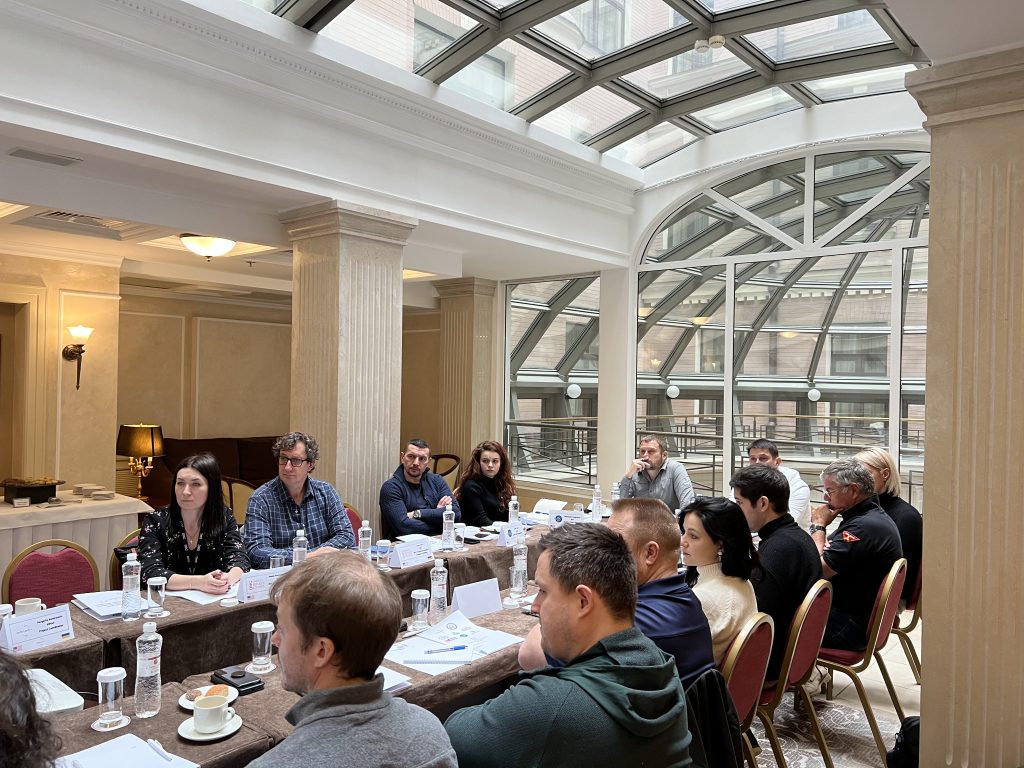
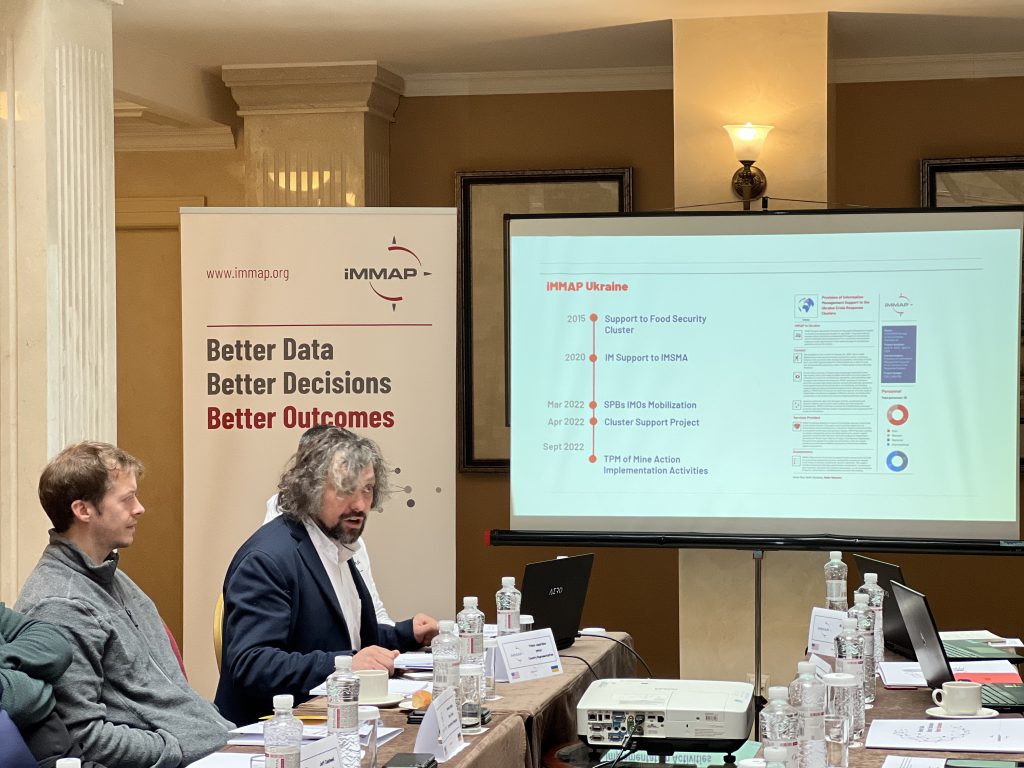
The next step involves deploying field monitors to visit the project sites and conduct TPM monitoring of six PM/WRA implementing partners' activities.
To get a complete view of project implementation, iMMAP will then gather information from various sources, including primary and secondary data. Primary data will be collected through site visits and interviews with key informants, households, and focus groups. iMMAP will triangulate the data collected with a desk review of secondary data to ensure accuracy. Both qualitative and quantitative data collection methods will be used. While qualitative data will include views, opinions, and feelings of affected communities, quantitative data will use statistical methods to provide evidence of the project's impact.
In the end, the project findings will provide due diligence and enhance the implementation and impact of mine action operations in advancing the award's expected outcomes. In line with this objective, iMMAP dedicates its capacity to create an evidence base of best practices and lessons learned to support future implementation of strategies and monitoring mechanisms in Ukraine.

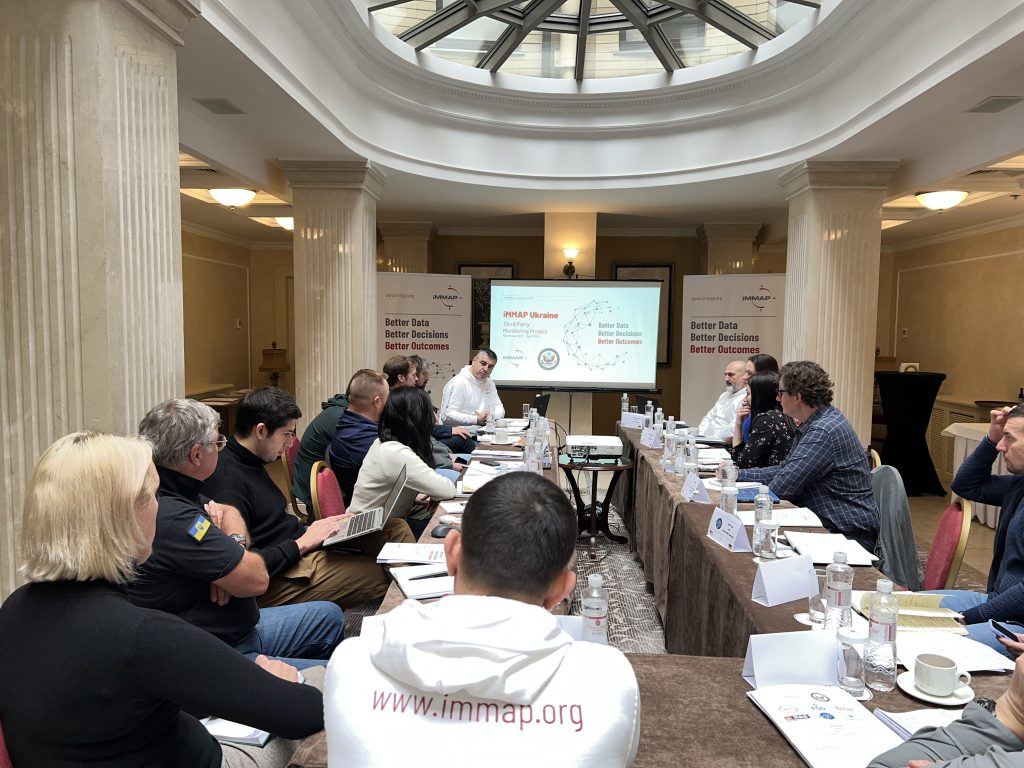
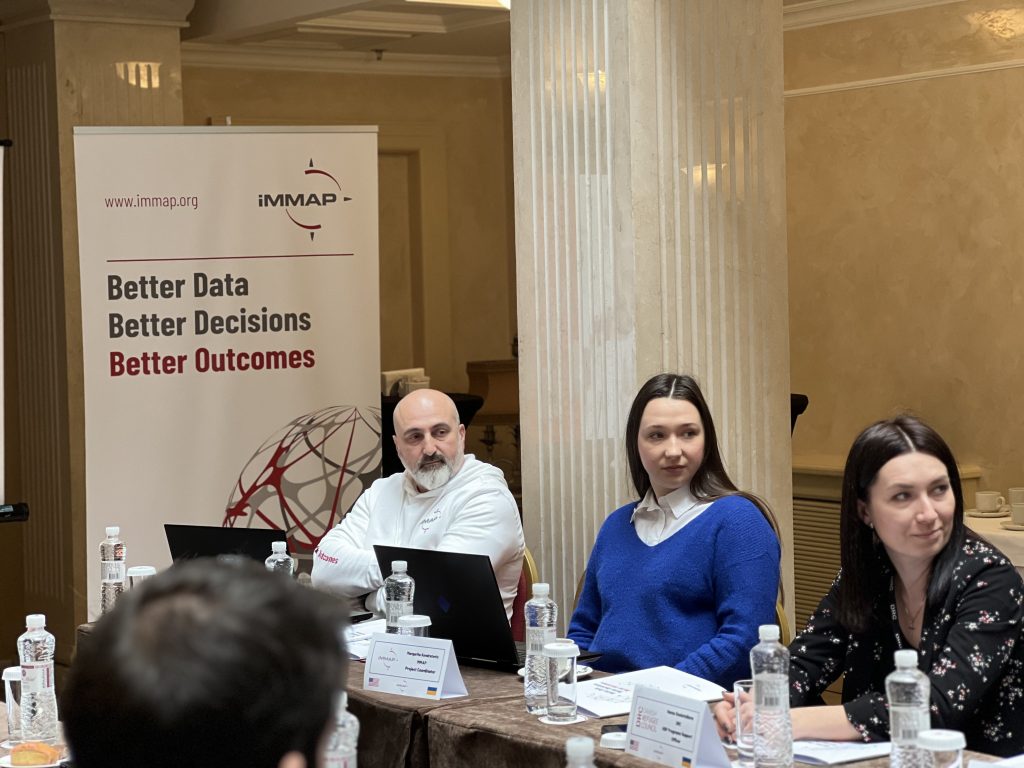
IMMAP has a proven track record of supporting the HMA sector in several countries, including Colombia, Iraq, Afghanistan, Nigeria, and providing essential expertise to the mine action stakeholders. Successful implementation of these efforts depends on careful planning, adoption of best practices, and collaboration between national and international actors.
This article was funded by a grant from the United States Department of State. The opinions, findings and conclusions stated herein are those of the authors and do not necessarily reflect those of the United States Department of State.

